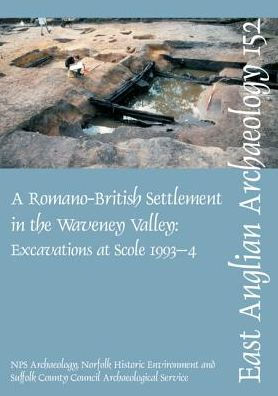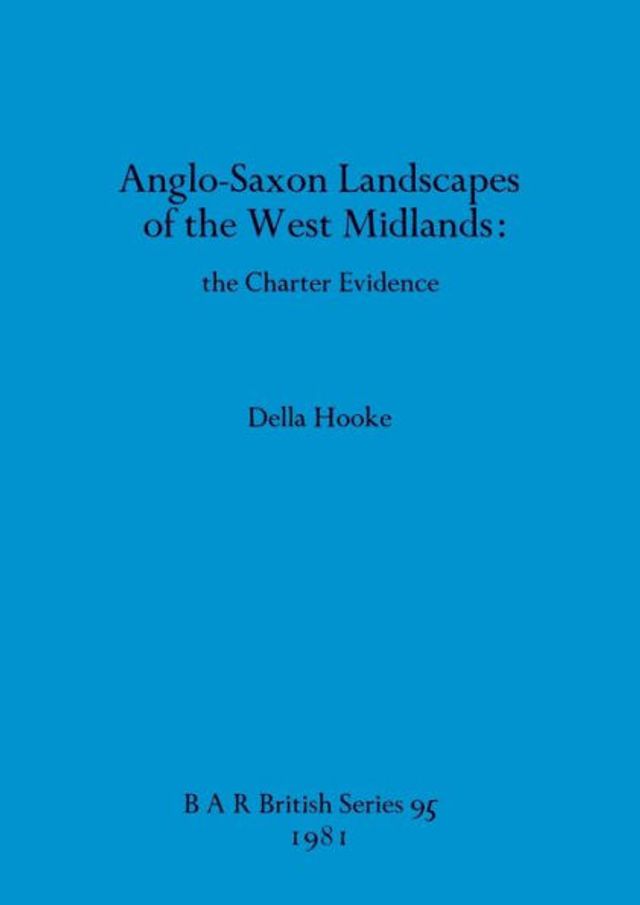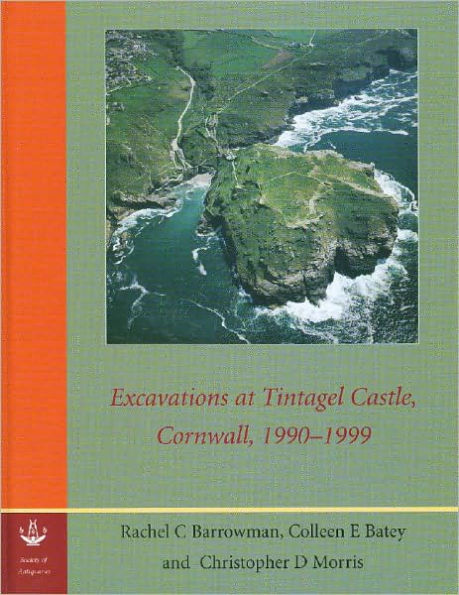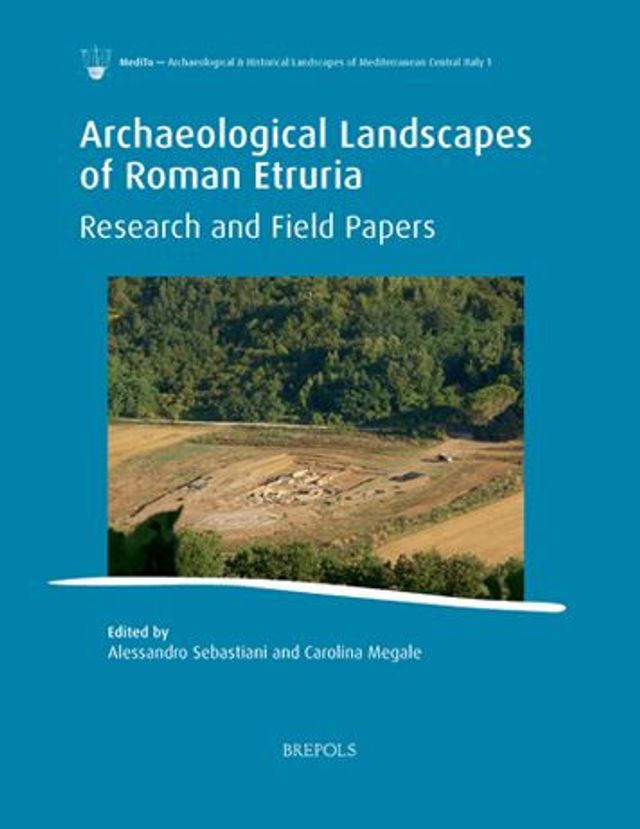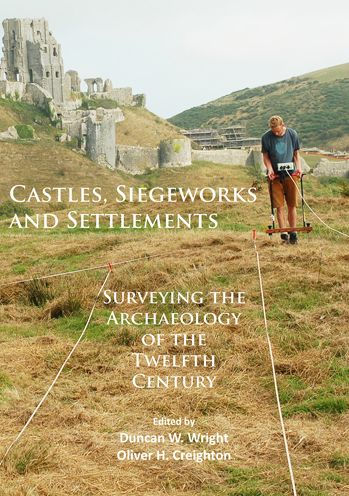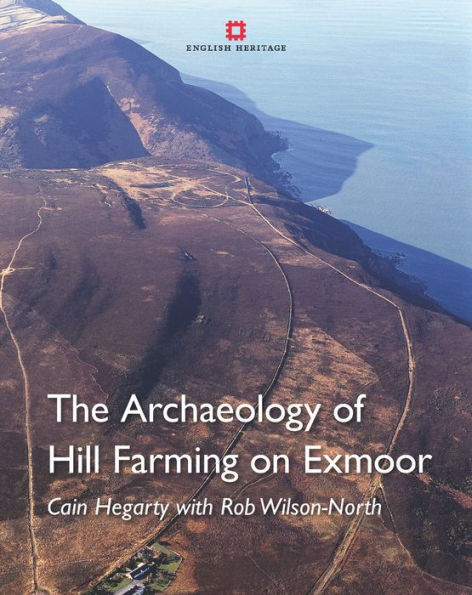Home
Medieval Land Reclamation at Brayford Pool, Lincoln: Archaeological excavation at the Brayford Centre 2000
Barnes and Noble
Medieval Land Reclamation at Brayford Pool, Lincoln: Archaeological excavation at the Brayford Centre 2000
Current price: $67.50
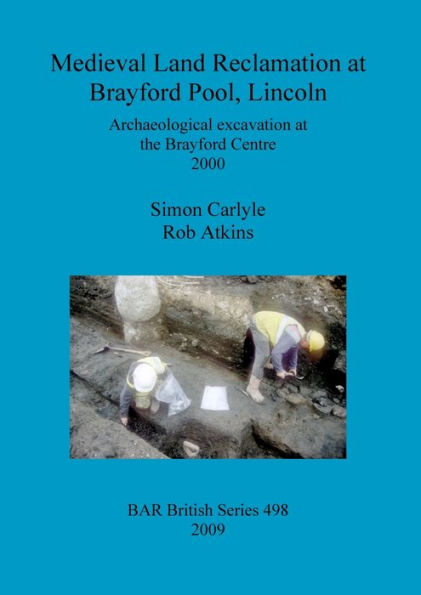

Barnes and Noble
Medieval Land Reclamation at Brayford Pool, Lincoln: Archaeological excavation at the Brayford Centre 2000
Current price: $67.50
Size: OS
Loading Inventory...
*Product information may vary - to confirm product availability, pricing, shipping and return information please contact Barnes and Noble
Archaeological excavation at the Brayford Centre 2000
In June 2000, a small excavation was carried out by Northamptonshire Archaeology on land on the north bank of Brayford Pool, Lincoln (eastern England), in the area of medieval Baxtergate. The earliest horizons were identified in two cores taken from deposits in the base of the trench. Environmental analysis of the cores, assisted by two radiocarbon dates, showed that peat began to accumulate along the Pool margins in the late Bronze Age, probably developing into a fen carr type habitat. A change from woody to fibrous peat in the late prehistoric or Roman period implies a significant change in the local environment, possibly associated with the use of the foreshore as a 'hard' to serve the Roman military and then the colonia in the 1st century AD. Peat continued to accumulate until around the late 7th century AD, when the ground appears to have dried out sufficiently to encourage marginal settlement in the area. Within the trench, archaeological remains, broadly dating to the 11th and 12th centuries AD, were found beneath a thick layer of modern demolition rubble. The medieval remains comprised features typical of 'backyard' activity, such as cess and general refuse pits, and ditches and gullies which probably functioned as plot boundaries and drains. Thetentative remains of a partitioned timber building, possibly used as a latrine and/or an animal byre, were also found. This activity was interspersed with a series of layers, probably associated with attempts to reclaim land along the northern edge of Brayford Pool or placed to protect the bank of the Pool from erosion. Environmental evidence was used to characterize the medieval deposits in order to assist in determining the function of the features, as well as providing information about the local environment at this time. Later medieval and post-medieval horizons had been totally destroyed by 19th and 20th-century development.
With contributions from John Carrott, Margaret J. Darling, Karen Deighton, Rowena Gale, John Giorgi, Alison Locker, Michelle Morris, James Rackham, David Smith and Jane Young Illustrations by Jacqueline Harding and Pat Walsh
